In a paper just published on Physical Review Letters, a NEST-CNR-NANO team lead by SQEL member Alessandro Braggio identified a unique non-local thermoelectrical effect in a Quantum spin Hall system in 2-dimensional topological insulators, proximized with superconductors, also called topological Josephson junctions.
The quantum spin Hall state is characterised by Kramer paired helical edge states which propagate in opposite directions with opposite spin orientations (spin-momentum locking). Unambiguous identification of those edge state is fundamental to certify their topological nature and has prominent implications in condensed matter research and its applications in topological quantum computation and sensing.
The team, composed by Gianmichele Blasi, Fabio Taddei, Matteo Carrega and coordinated by Alessandro Braggio from SQEL and NEST laboratory (Scuola Normale Superiore and CnrNano) collaborating with Liliana Arrachea from ECyT-UNSAM (Argentina), investigated a three-terminal setup with helical edge states proximized by two superconductors and contacted with a normal-metal probe, in the presence of an external magnetic field. Since the whole system is particle-hole symmetric, nonlocality is the only way to generate linear thermoelectricity. Nonlocal thermoelectrical transport is generated in the probe by applying a thermal gradient between the superconductors.
Blasi, G., Taddei, F., Arrachea, L., Carrega, M., & Braggio, A. (2020). Nonlocal Thermoelectricity in a S-TI-S Junction in Contact with a N-Metal Probe: Evidence for Helical Edge States. Physical Review Letters, 124(22), 227701. DOI: https://doi.org/10.1103/PhysRevLett.124.227701. arXiv: http://arxiv.org/abs/1911.04367
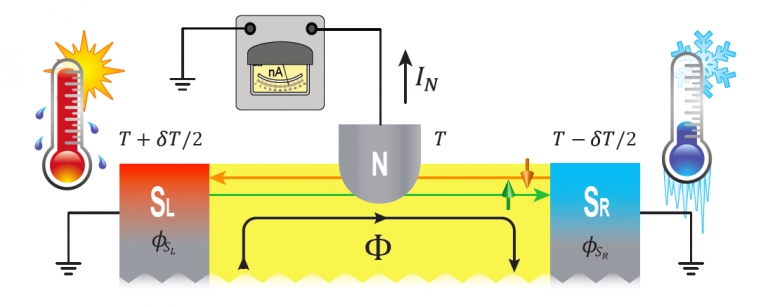 Sketch of the setup used to probe the nonlocal Thermoelectricity in a topological Josephson junction
Sketch of the setup used to probe the nonlocal Thermoelectricity in a topological Josephson junction 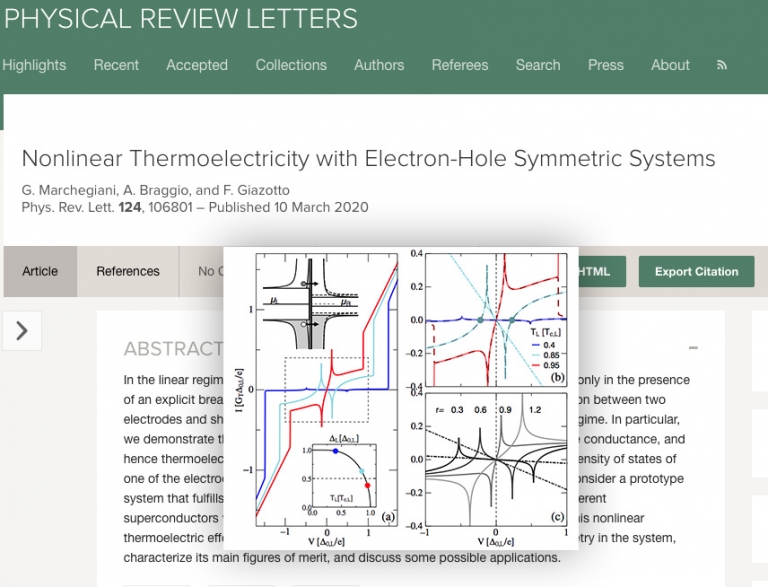 “Nonlinear thermoelectricity with electron-hole symmetric systems” published on Physical Review Letters
“Nonlinear thermoelectricity with electron-hole symmetric systems” published on Physical Review Letters  SQEL project TERASEC funded with an ERC PoC grant
SQEL project TERASEC funded with an ERC PoC grant 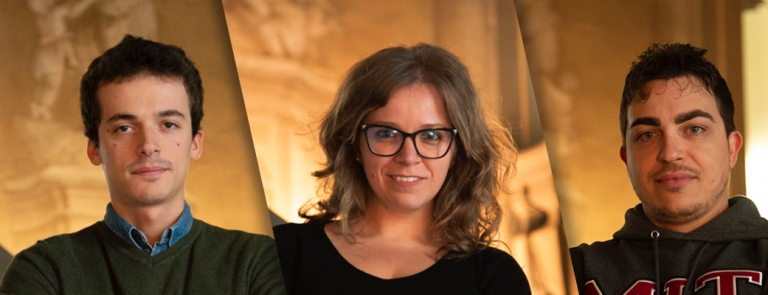 From left to right: Vittorio Buccheri, Gaia Germanese and Mirko Rocci
From left to right: Vittorio Buccheri, Gaia Germanese and Mirko Rocci 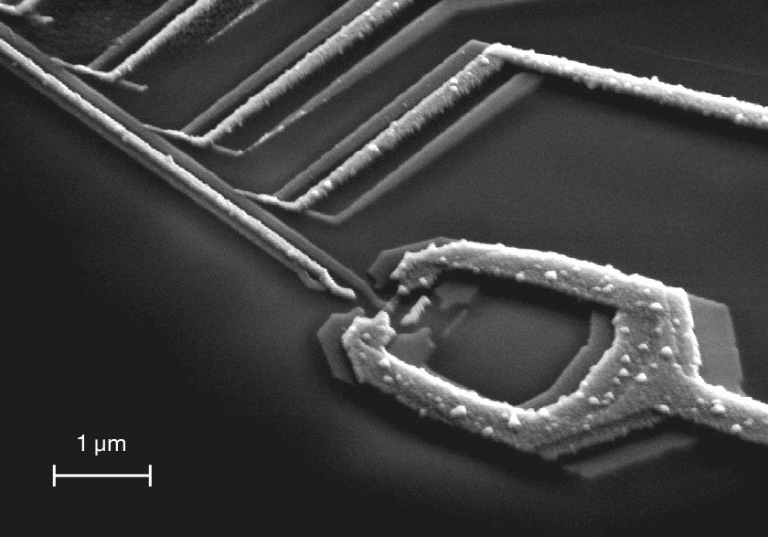 The winning micrograph: a superconducting quantum interference proximity transistor with multi tunnel junctions.
The winning micrograph: a superconducting quantum interference proximity transistor with multi tunnel junctions.